TeachEngineering
Teach Engineering: Scale Model of the Earth
In this activity, students gain an understanding of the layers of the Earth by designing and building a clay model.
TeachEngineering
Teach Engineering: Floodplain Modeling
Students explore the impact of changing river volumes and different floodplain terrain in experimental trials with table top-sized riverbed models. The models are made using modeling clay in aluminum baking pans placed on a slight...
BiologyWise
Biology Wise: How to Make a 3 D Dna Model Project
Describes the steps for how to make a model of DNA using colored polymer clay and wire. Students will gain a good understanding of the structure of DNA by doing this project.
BiologyWise
Biology Wise: Tips on How to Make a 3 D Plant Cell Model
Describes the steps in how to make a model of a plant cell using clay and simple materials found at home. Suggestions for variations are also given.
TeachEngineering
Teach Engineering: Natural Disasters
Students are introduced to our planet's structure and its dynamic system of natural forces through an examination of the natural hazards of earthquakes, volcanoes, landslides, tsunamis, floods and tornados, as well as avalanches, fires,...
TeachEngineering
Teach Engineering: Engineering for the Earth
Young students are introduced to the complex systems of the Earth through numerous lessons on its natural resources, processes, weather, climate and landforms. Key earth science topics include rocks, soils and minerals, water and natural...
Kinder Art
Kinder Art Lesson: Inuit Sculpture
Introduce your learners to Inuit sculpture with this simple art project. Students discuss examples of sculptures and how they are made, create drawings and model clay, and, last but not least, display their final products.
American Geosciences Institute
American Geosciences Institute: Earth Science Week: Soil Properties
Students investigate soil porosity by building a model using the three main soil textures: sand, silt, and clay.
Other
Germantown Academy: Dinosaurs
This resource presents numerous examples of student work during a Grade Two dinosaur unit. Included are poems, clay models, stories and other creative products.
Alabama Learning Exchange
Alex: Digging in for Dirt Day!
This lesson is managed through stations that students will rotate around every 20- 30 minutes. Each second grade teacher conducts one station. Parent volunteers can also be used to manage stations. Students will use an auger to gather...
Science and Mathematics Initiative for Learning Enhancement (SMILE)
Smile: Investigating the Structure of the Flower
This lesson plan has students make a model of a flower's structure using clay, toothpicks, and construction paper.
TeachEngineering
Teach Engineering: Testing the Caverns
Students build model caverns and bury them in a tray of sand. They test the models by dropping balls onto them to simulate an asteroid hitting the Earth. By molding papier-mache or clay around balloons (to form domes), or around small...
TeachEngineering
Teach Engineering: Tunnel Through!
Students apply their knowledge about mountains and rocks to transportation engineering, with the task of developing a model mountain tunnel that simulates the principles behind real-life engineering design. Student teams design and...
TeachEngineering
Teach Engineering: Mechanics Mania
Through ten lessons and numerous activities, students explore the natural universal rules engineers and physicists use to understand how things move and stay still. Together, these rules are called "mechanics." The study of mechanics is...
San Diego State University
Sdsu: Lesson 2.5: How Do Organisms Reproduce? Meiosis
This site will allow students to grasp the complex concept of meiosis by modeling the process with clay.
TeachEngineering
Teach Engineering: Load It Up!
Students take a hands-on look at the design of bridge piers (columns). First they brainstorm types of loads that might affect a Colorado bridge. Then they determine the maximum possible load for that scenario, and calculate the...
TeachEngineering
Teach Engineering: Dam Forces
Students learn how the force of water helps determine the size and shape of dams. They use clay to build models of four types of dams, and observe the force of the water against each type. They conclude by deciding which type of dam...
TeachEngineering
Teach Engineering: Dams
Through eight lessons, students are introduced to many facets of dams, including their basic components, the common types (all designed to resist strong forces), their primary benefits (electricity generation, water supply, flood...
Crayola
Crayola: Birth of Islands (Lesson Plan)
This site is a lesson plan that incorporates language arts, social studies, science, and art. After studying islands, and how they're formed, students create their own models using clay. Also provides resources and adaptations. (To...
TeachEngineering
Teach Engineering: Rock Cycle
Through five lessons, students are introduced to all facets of the rock cycle. Topics include rock and mineral types, material stresses and weathering, geologic time and fossil formation, the Earth's crust and tectonic plates, and soil...
PBS
Pbs Teachers: Coming Into America: Dating Artifacts 9 12 [Pdf]
Investigate new discussions on the presence of humans in North America, and emulate the work of archeologists in dating artifacts at a dig site. Use clay to model how the radioactive isotope of carbon (C14) is used in dating organic...
Curated OER
Educational Technology Clearinghouse: Clip Art Etc: Houdon's Mask of Washington
Houdon's portrait sculpture of Washington was the result of a specific invitation by Benjamin Franklin to cross the Atlantic specifically to visit Mount Vernon, so that Washington could model for him. Washington sat for wet clay life...
Other popular searches
- Clay Modeling Sea Stars
- Clay Modeling Sculpture
- Clay Modeling Planets
- Clay Modeling Horses
- Clay Modeling Communities
- Clay Modeling Pigs
- Clay Modeling and Bartholdi


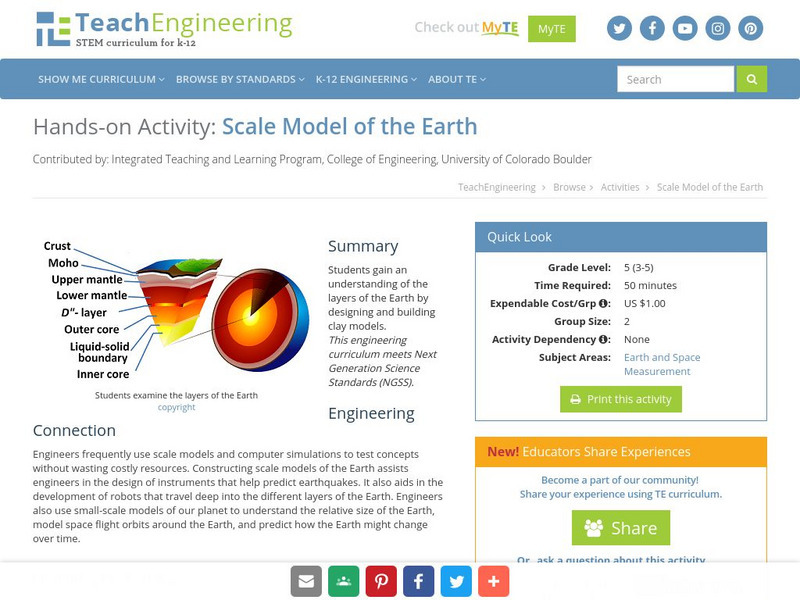
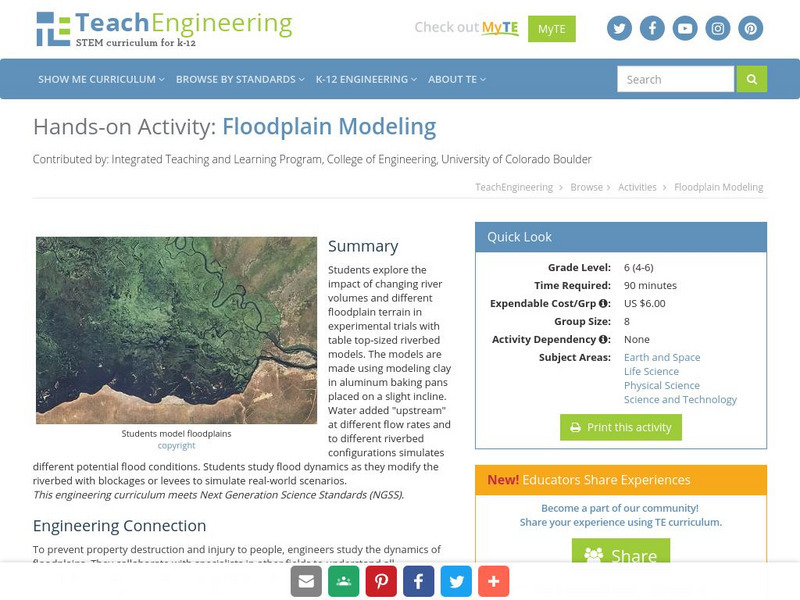

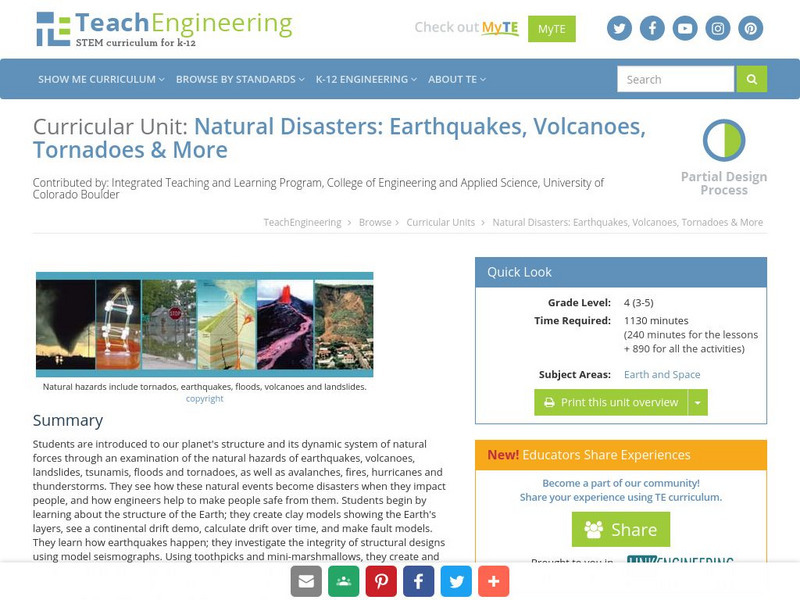

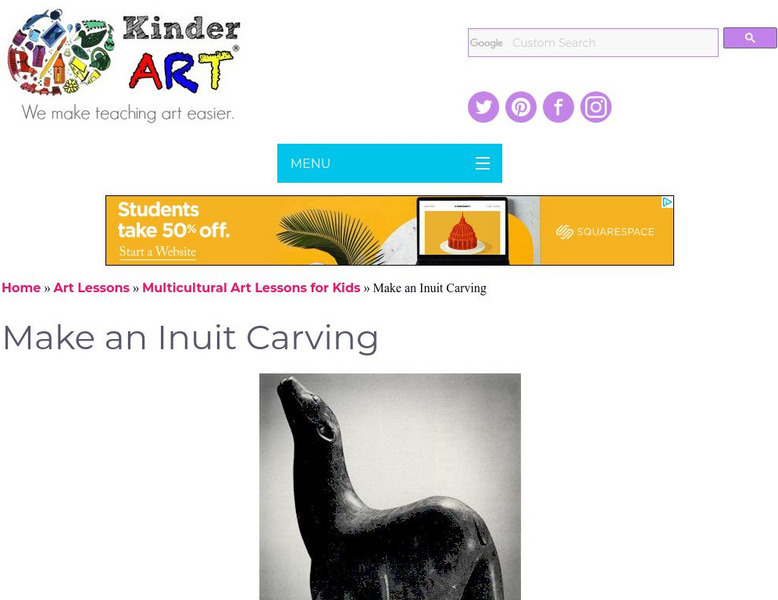







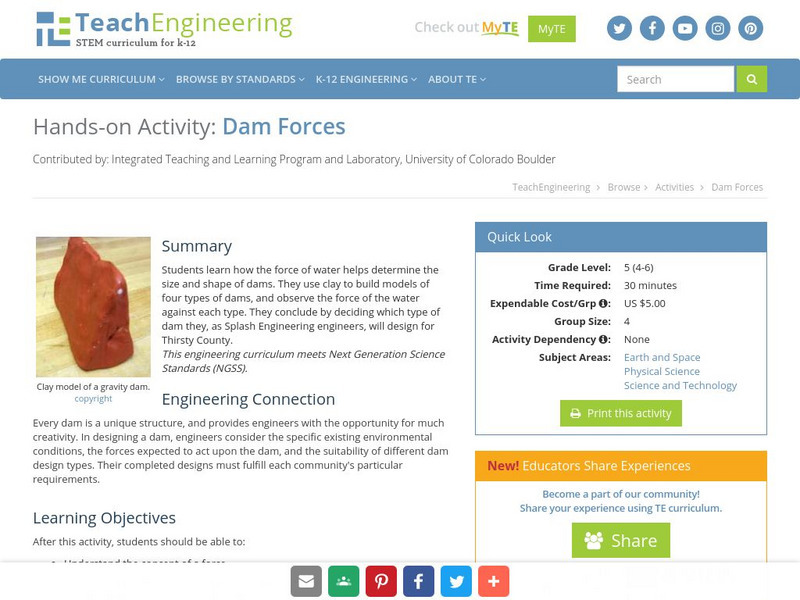


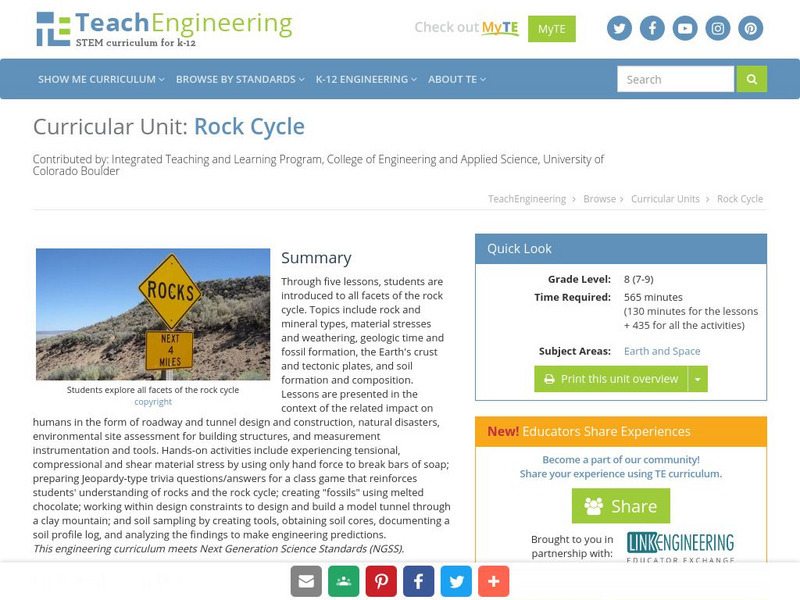
![Pbs Teachers: Coming Into America: Dating Artifacts 9 12 [Pdf] Unit Plan Pbs Teachers: Coming Into America: Dating Artifacts 9 12 [Pdf] Unit Plan](https://content.lessonplanet.com/knovation/original/120529-1fff0a46b8b0ffc6cda465ec2fb4d28e.jpg?1661418872)